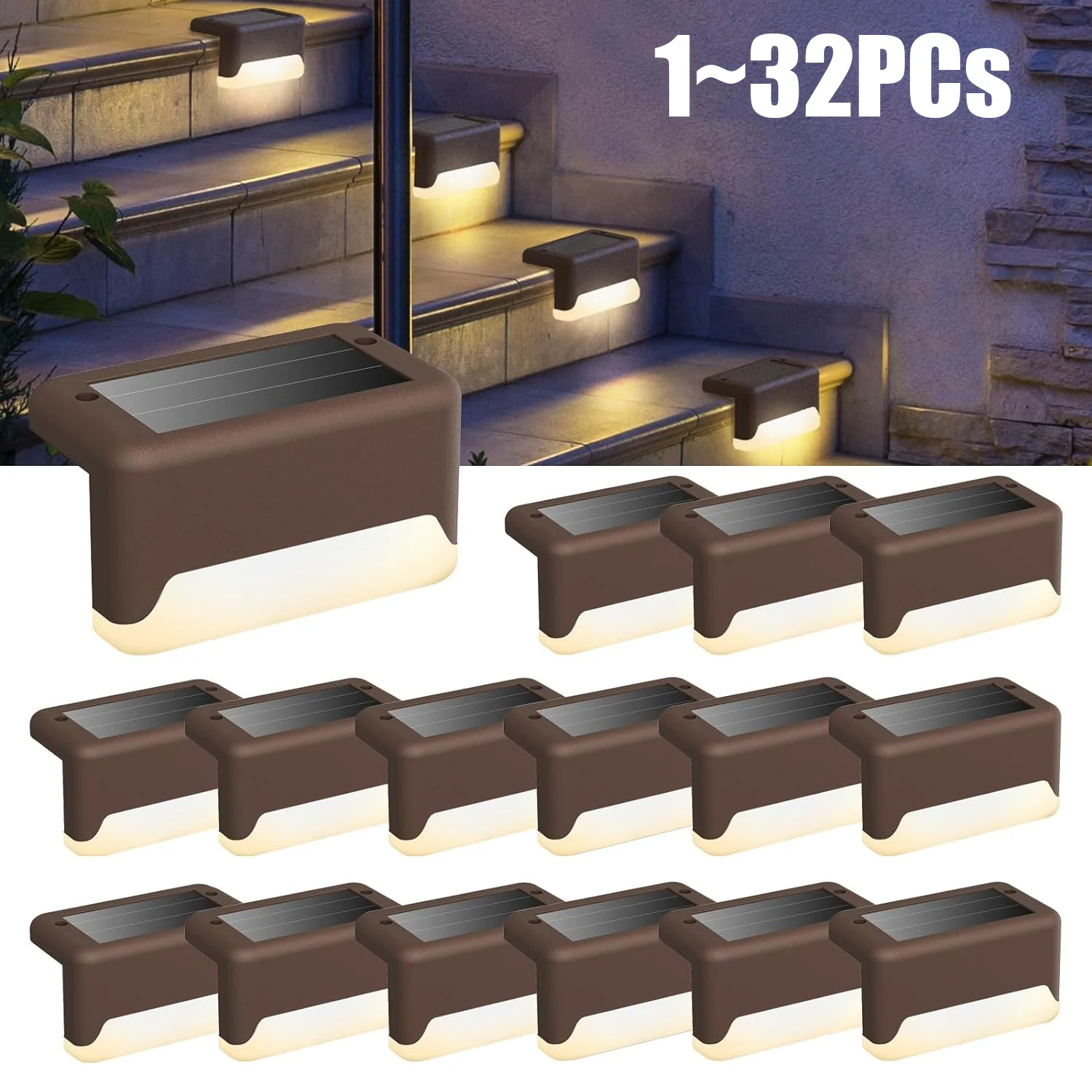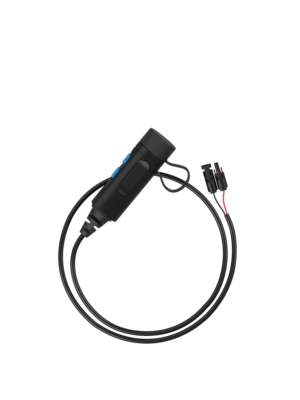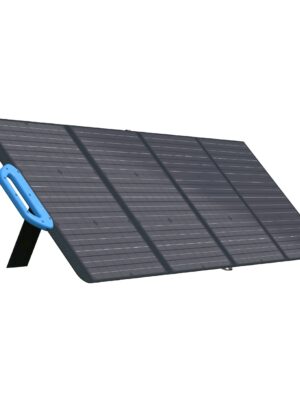Stellarator fusion reactor gets new life thanks to a creative magnet workaround
The quest to harness the holy grail of clean energy is potentially moving a step in the right direction thanks to the same principles behind refrigerator magnets. Earlier this week, researchers at the Department of Energy’s Princeton Plasma Physics Laboratory (PPPL) revealed their new stellarator–a unique fusion reactor that uses off-the-shelf and 3D-printed materials to contain its superheated plasma.
First conceptualized over 70 years ago by PPPL’s founder, Lyman Spitzer, a traditional stellarator works by employing electromagnets precisely arranged in complex shapes to generate magnetic fields using electricity. Unlike tokamak reactors, stellarators do not need to run electric current specifically through their plasma to create magnetic forces—a process that can interfere with fusion reactions. That said, tokamaks still effectively confine their plasma so well that they have been the preferred reactor choice for researchers, especially when factoring in a stellarator’s comparative costs and difficulties. Because of all this, Spitzer’s design has remained largely unused for decades.
[Related: The world’s largest experimental tokamak nuclear fusion reactor is live.]
Engineers behind the new stellarator known as MUSE, however, say their workaround could solve these barriers. Instead of electromagnets, the device uses permanent magnets—albeit much more powerful and finely tuned than ones found in everyday novelty and souvenir collectibles. MUSE requires permanent magnets made using rare-earth metals that can exceed 1.2 teslas, the unit of measurement for magnetic flux density. In comparison, standard ferrite or ceramic permanent magnets usually exhibit between 0.5-to-1 teslas.
“I realized that even if they were situated alongside other magnets, rare-earth permanent magnets could generate and maintain the magnetic fields necessary to confine the plasma so fusion reactions can occur, and that’s the property that makes this technique work,” Michael Zarnstorff, a PPPL senior research physicist and MUSE principle investigator, said in a statement.
Building a stellarator with permanent magnets is a “completely new” approach, PPPL graduate student Tony Qian added. Qian also explained that the stellarator alteration will allow engineers to both test plasma confinement ideas and build new devices far more easily than before.
Atop the promising design alterations, MUSE reportedly manages what’s known as “quasisymmetry” better than any previous stellarator—more specifically, a subtype called “quasiaxisymmetry.”
In extremely simplified terms, quasisymmetry is when a magnetic field’s shape inside a stellarator isn’t the same as the field around the stellarator’s physical shape. Nevertheless, the overall magnetic field strength remains uniform, thus effectively confining plasma and increasing the chances for fusion reactions. According to Zarnstorff, MUSE pulls off its quasisymmetry “at least 100 times better than any existing stellarator.”
From here, the researchers intend to further investigate the nature of MUSE’s quasisymmetry, while also precisely mapping its magnetic fields—all factors influence the odds of achieving stable, net positive fusion reactions.
Whether or not scientists will discover the breakthroughs necessary to make green fusion energy a reality anytime soon remains to be seen. But thanks to some creative problem-solving using what are ostensibly very heavy duty fridge magnets, the long-overlooked stellarator could prove a valuable tool.
Please Support Our Sponsors
Solar Power Generator Discounts Along With Free Shipping
- 10% OFF for Jackery Solar Generator 2000 Pro Series with code "JADEAL"
- 10% OFF for Jackery SolarSaga 200W Solar Panel with code "JADEAL"
- 10% OFF for Jackery Solar Generator 1500 Series with code "JADEAL"
- 10% OFF for Jackery Solar Generator 1000 Series with code "JADEAL"
- 10% OFF for Jackery Explorer 1500 Portable Power Station with code "JADEAL"
- 10% OFF for Jackery Explorer 1000 Pro Portable Power Station with code "JADEAL"
- 10% OFF for Jackery Explorer 500 Pro Portable Power Station with code "JADEAL"
- 10% OFF for Jackery Explorer 300 Pro Portable Power Station with code "JADEAL"
- 10% OFF for Jackery SolarSaga 100W Solar Panel with code "JADEAL"

The University of Georgia is represented by the Georgia Bulldogs . The Bulldogs participate in the Southeastern Conference's (SEC) Eastern Division of the NCAA.
They play their home games in the storied Sanford Stadium in Athens, Georgia. The first season in Georgia was in 1892. In 1942, 1980, and 2021, the Georgia Bulldogs won three national championships.
The Georgia Bulldogs have additionally been crowned the National Champion in four additional seasons by at least one polling organization (1920, 1927, 1946 and 1968).
The Georgia Bulldogs are tied for second place in conference history with their 15 conference titles, including 13 SEC titles, and their 59 bowl appearances, which ranks second all-time.
In addition, the program has produced five top picks in the National Football League (NFL) draft, two Heisman Trophy winners, numerous winners of various national honors, and many others.

Longhorns football represents the University of Texas in Austin often known as Texas, UT or the Texas Longhorns. The Longhorns represent the Big 12 Conference in the NCAA Division. They play in Austin, Texas, at the Darrell K. Royal-Texas Memorial Stadium.
The Texas Longhorns are ranked third and seventh, respectively, in terms of all-time wins and win-loss records, with over 900 victories and an overall win-loss percentage of.705.
The legendary program also boasts four national titles, 32 conference titles, 100 First Team All-Americans, and two Heisman Trophy winners.
Get your Texas Longhorns Revival T-Shirt today. The Texas Longhorns Rustic Revival shirt is also a fan favorite.
Many college sports fans like to wear their gear all around town, get your Texas Longhorns Centered gear and show your support.




 Gettr
Gettr














